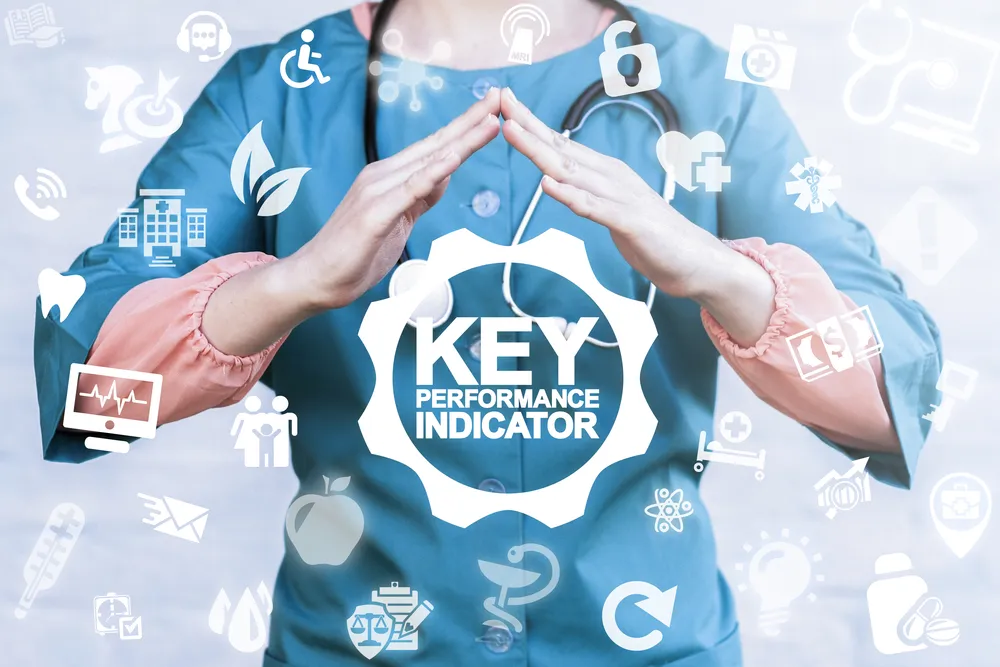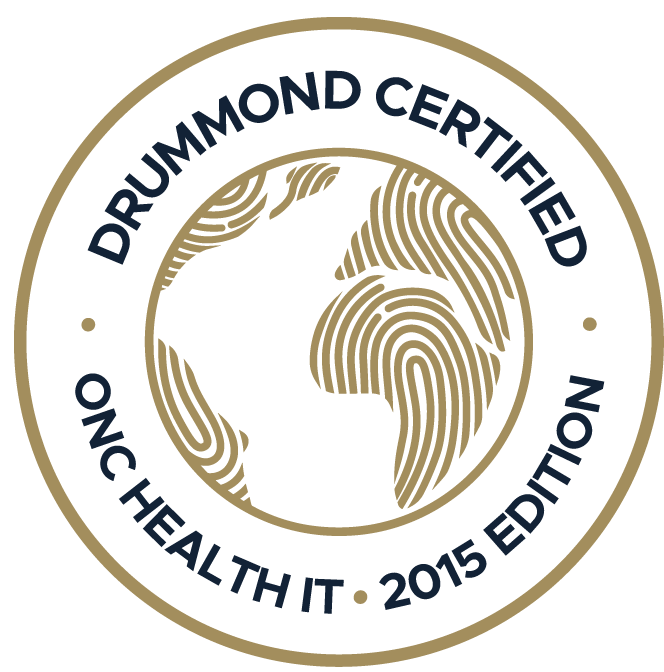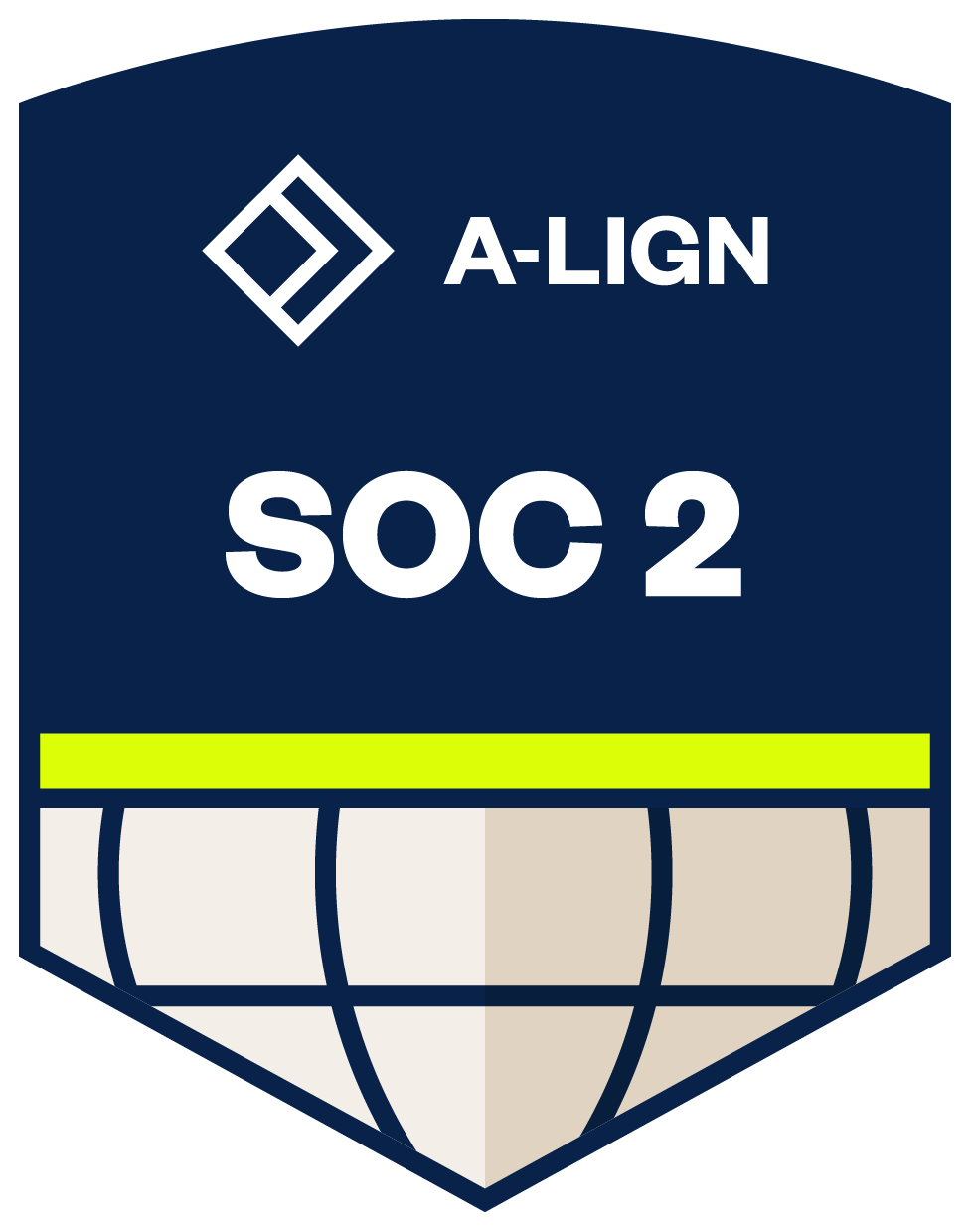ACA enhanced subsidies may expire at the end of December. And that uncertainty is already shaping patient decisions this open enrollment season. Many will switch plans, some may drop coverage, and medical practices need...
Have you ever wondered how businesses track success? The answer lies in two powerful terms: Key Performance Indicators (KPIs). These are the compass that guides companies, big and small, towards their goals. But it's not just about selecting the right KPIs – it's about understanding the story they tell.
Like all other industries where patient outcomes and efficient service delivery are paramount in healthcare, Key Performance Indicators (KPIs) are vital signs of an organization's health. Just as clinicians rely on indicators to assess their patients, healthcare administrators and practitioners use KPIs to measure and navigate the success of their operations. This post discusses these indicators' crucial roles—from improving patient satisfaction to streamlining clinic operations.
We'll explore how leading indicators can help predict future trends and how lagging indicators offer valuable insights into past performance. By understanding and effectively utilizing KPIs, healthcare providers can enhance the quality of care, optimize resource management, and ensure the sustainability of their practice.

KPIs in Healthcare
Key Performance Indicators (KPIs) have emerged as invaluable assets for guiding quality improvement and strategic decision-making in healthcare. These metrics reflect the current state of healthcare delivery and are instrumental in bolstering patient care and operational efficiency. Central to this discussion are leading and lagging indicators, each providing unique insights into various aspects of healthcare performance.
Healthcare KPIs are multifaceted, encompassing patient safety, clinical outcomes, and operational efficiencies. The emergency department's wait times, a leading indicator, can affect patient satisfaction and results, while a lagging indicator, such as surgical complication rates, can drive policy changes in clinical practice. Understanding the nuances of each indicator allows healthcare managers to gauge the pulse of their operations accurately and implement timely adjustments.
Consider a healthcare facility that noticed a spike in the incidence of hospital-acquired infections — a lagging indicator of environmental safety and patient care quality. In response, the facility introduced mandatory infection control training, the completion rates of which served as a leading indicator for future compliance and potential reduction in infection rates. Over the following months, the facility observed a drop in infections, validating the effectiveness of its proactive measures.
Leading KPI Indicators
Conversely, lagging indicators are reflective, offering a rear-view mirror perspective on the effectiveness of healthcare services. These metrics confirm outcomes and can substantiate the impact of interventions over time. For example, the hospital readmission rate reveals the efficacy of discharge processes and post-hospitalization care. While they can't help predict or prevent past events, lagging indicators are invaluable for evaluating long-term trends and providing evidence-based validation for healthcare strategies.
Balancing Leading and Lagging Indicators
The synergy between leading and lagging indicators creates a holistic framework for KPI analysis in healthcare. A leading indicator might signal the need for a new patient care initiative, while a lagging indicator could later provide data on its efficacy. This balanced approach fosters a dynamic performance management system in which proactive tactics and retrospective evaluations inform continuous improvements. Therefore, Healthcare leaders must strive to select the appropriate mix of KPIs that complements strategic foresight and historical analysis.
Strategies for Implementation
Implementing KPIs in a healthcare setting should follow a deliberate and structured approach. Begin by establishing clear objectives aligned with organizational goals. Next, employ the latest electronic health record systems and data analytics platforms to track, analyze, and visualize KPIs. Lastly, foster a culture of data literacy within the staff to ensure adept handling and interpretation of KPI information.

Common Pitfalls and How to Avoid Them
More than errors in selecting and interpreting KPIs can lead to misguided strategies. Healthcare providers should avoid the pitfall of relying too heavily on one type of indicator. Additionally, training staff on correctly interpreting KPI data is crucial to prevent misrepresentation and ensure that subsequent actions are based on accurate analysis. Regular audits and reviews help maintain the integrity and relevance of KPI initiatives.
Conclusion
In healthcare management, leading and lagging KPIs are vital for informed decision-making and optimizing patient care. When understood and utilized correctly, these indicators provide a powerful dashboard for tracking the path to success in healthcare operations.
Whether you're a seasoned health administrator or new to healthcare KPIs, now is the time to evaluate your metrics. And Practice EHR is the best EHR available to help you with this. Practice EHR allows you to integrate leading and lagging indicators into your performance strategy to view your healthcare delivery comprehensively.
Topics: Integrated EHR, Healthcare Office Management, EHR Solution, New Technology, EHR, Technology in Healthcare, Key Performance Indicators, KPI
RECENT POSTS



TOPICS
- EHR Solution (190)
- EHR (125)
- digital age (118)
- Patient Care (115)
- Medical Billing (111)
- Specialty-Specific EHR (110)
- Industry Update (97)
- Technology in Healthcare (84)
- EHR Features (79)
- Small Practice (76)
- Medical billing services (73)
- Integrated EHR (63)
- HIPAA Security (62)
- RCM (62)
- New Technology (44)
- Cloud-based EHR (43)
- Telemedicine (42)
- Healthcare Office Management (39)
- Practice EHR News (38)
- Kiosk (31)
- Revenue Cycle Management (28)
- AI Solutions (24)
- ePrescribing (21)
- AI Scribing (17)
- Best EHR Software (16)
- EMR (12)
- Practice Management Software (12)
- AI-powered Medical Billing (11)
- Practice Automation (11)
- AI EHR (10)
- Client Favorites (10)
- TeleVisit (10)
- The ONE (10)
- Switching to New EHR (9)
- AI Scribe (8)
- Best EHR Practice (8)
- EHR Integration (8)
- MACRA/MIPS (8)
- Patient Portal (8)
- Urgent Care (8)
- Psychiatry EHR (7)
- AI scanning (6)
- E-Prescribing (6)
- Product Updates (6)
- events (6)
- Automated Health Tools (5)
- MIPS (5)
- Mobile EHR (5)
- Family Medicine EHR (4)
- HIPAA (4)
- Integrated Practice Management (4)
- Internal Medicine EHR (4)
- MIPS Reporting (4)
- Medical Practice Management Software (4)
- Multilingual AI Scribe (4)
- Orthopedics EHR (4)
- Podiatry (4)
- Podiatry EHR (4)
- Regulatory Updates (4)
- Telehealth Platform (4)
- Chiropractic EHR (3)
- Digital Experiences (3)
- EHR Flaws (3)
- EHR Implementation (3)
- EHR for Chiropractors (3)
- EHR for Small Practices (3)
- Eligibility Verification in Medical Billing (3)
- Insider (3)
- Patient Check-in Kiosk (3)
- PracticeEHR GO App (3)
- Telehealth Platforms (3)
- Cash Flow (2)
- Cashless Payments (2)
- Clearinghouse (2)
- Dermatology EHR (2)
- EHR Scheduling (2)
- Family Medicine (2)
- Foot and Ankle Care (2)
- Foot and Ankle EHR (2)
- Health records 101 (2)
- Healthcare Compliance Certification (2)
- Medical Coding Services (2)
- Medical Credentialing (2)
- Pediatrics EHR (2)
- Quality of Patient Care (2)
- Reporting Under MIPS (2)
- Risk and Liability in Medical Settings (2)
- Voice-Activated AI Scribe (2)
- What Works Clearinghouse (2)
- ACA Subsidy (1)
- AI Scan (1)
- AI Scribe for Pediatric Care (1)
- Automated EHR (1)
- Bariatric EHR (1)
- Behavioral Health Practices (1)
- Billing Communication (1)
- Billing for Private Practices (1)
- Cardiology EHR (1)
- Charting (1)
- Data Security (1)
- Dos and Don'ts (1)
- EHR Guides (1)
- EHR KPIs (1)
- EHR Questions to Ask (1)
- EHR Transition (1)
- EHR for Chronic Illness (1)
- EMR vs EHR Difference (1)
- ENT EHR (1)
- Endocrinology EHR (1)
- Gastroenterology (1)
- Gastroenterology EHR (1)
- General Surgery EHR (1)
- Geriatric AI scribe (1)
- Geriatrics EHR (1)
- Guides (1)
- Healthcare Practice Office Management (1)
- Help Center Videos (1)
- Insurance Reimbursement (1)
- KPI (1)
- Key Performance Indicators (1)
- Lab Processing (1)
- MACRA (1)
- Medical Billing Partner (1)
- Nephrology EHR (1)
- Neurology EHR (1)
- Pain Management EHR (1)
- Patient Behavior (1)
- Pediatric Care (1)
- Physical Therapy EHR (1)
- Practice Cash Flow (1)
- Practice Efficiency (1)
- Pulmonology EHR (1)
- Reconsider Your EHR (1)
- Simplify Practice Management (1)
- Staffing in Healthcare (1)
- Switch Medical Billing Providers (1)
- Urgent Care Medical Billing (1)
- Urology EHR (1)
- insurance claim denials (1)








